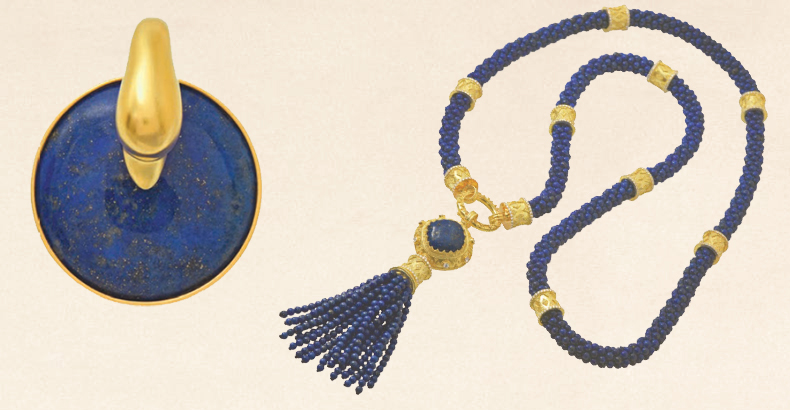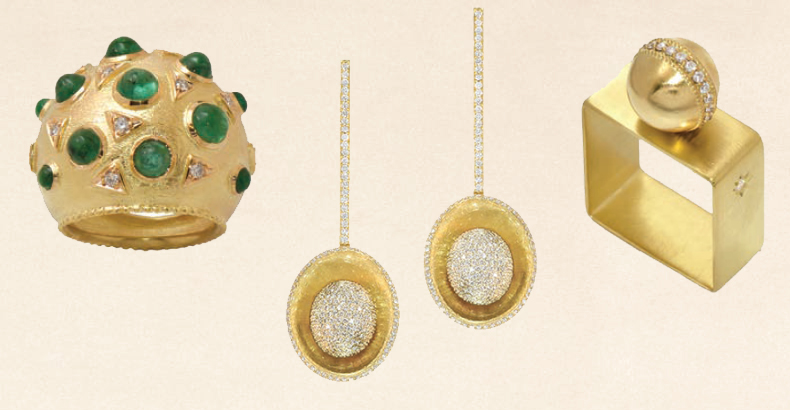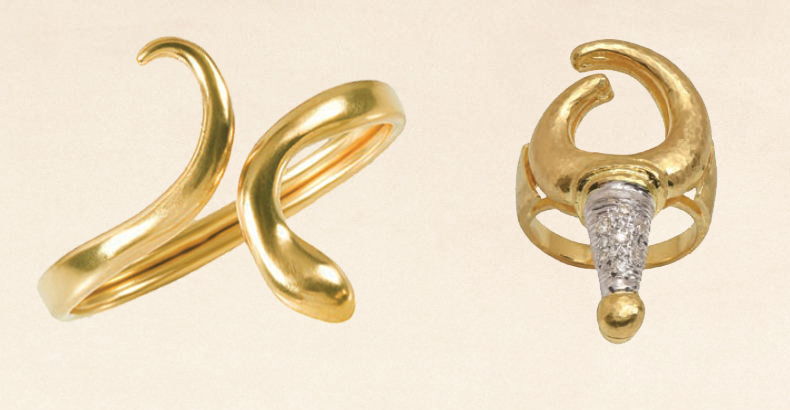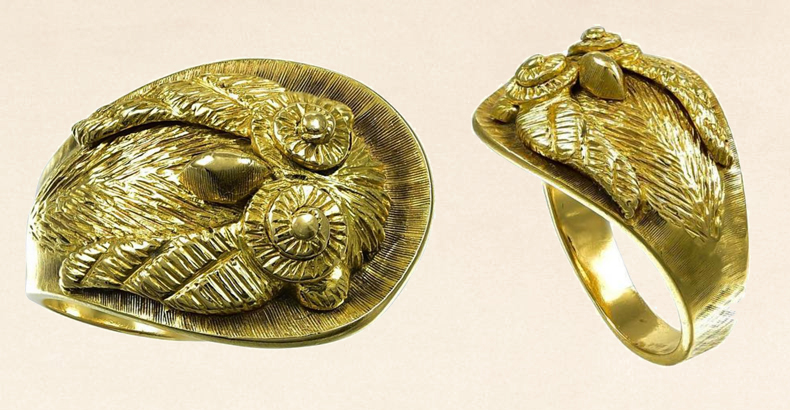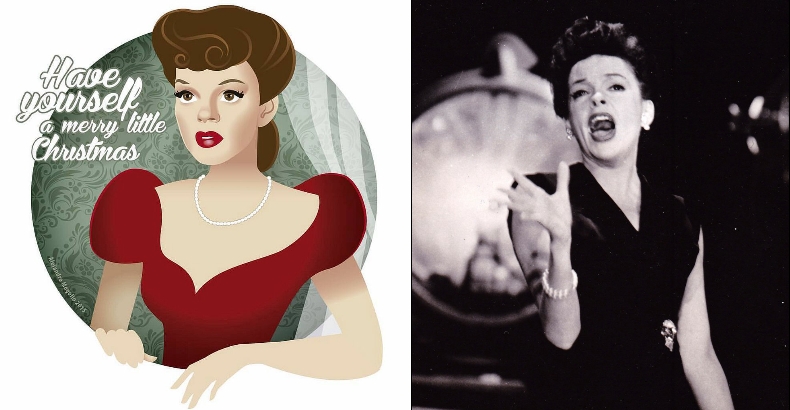Y’all know I loves me a good story, and few jewelry houses are as storied as the one founded by Greek goldsmith Ilias Lalaounis, which has been ably brought into the 21st century by his four talented daughters—Aikaterini, Demetra, Maria, and Ioanna—who since 1988 have done a magnificent job of taking inspiration not only from their father’s vast and meticulously-maintained archives (many pieces from which can be found at the incredible Ilias Lalaounis Jewelry Museum, in Athens) while adapting and refreshing those designs for today’s clients and collectors; but also by adding new collections to their repertoire inspired both by their Greek heritage and the art of civilizations around the world, such as Lalaounis’s recent Aurelia, Epirus, Mosaic, and Chiwara collections. That Lalaounis jewelry is viewed by so many as wearable pieces of art can be attributed to the laborious research that goes into the design of each jewel bearing the LALAoUNIS mark.
Revered around the world for its mastery of goldsmithing, Maison Lalaounis has specialized for the past three-quarters of a century in utilizing modern technology to employ a number of techniques, many of them toreutics, which date back to Antiquity. There is hand-hammering, which is used on pieces crafted from 22kt gold. Granulation is an ancient process, involving teeny tiny gold beads, usually placed in intricate geometric patterns, which can be traced back to the Sumerians and Etruscans, was written about by Pliny the Elder, and is also reserved for high-karat gold. Hand-weaving might be best compared to knitting lace, except that it uses fine gold wire instead of yarn. Repoussé is a Bronze Age technique in which one hammers the reverse side of the gold to create a bas-relief design on the front; and was employed to create Tutankhamun’s gold funerary mask, back in 1323 BC, as well as the Statue of Liberty in 1886; not to mention my all-time favorite Lalaounis piece, an 18k gold ring from the 1960s featuring a lateral depiction of the goddess Athena’s owl, based on a design from 500 BC (in the collection of the Ilias Lalaounis Jewelry Museum). Filigree finds tiny beads or twisted threads of gold (and sometimes both), soldered onto the surface of the gold jewel. And opus interrasile (Latin for ‘work shaved or scraped in-between’) is an early Byzantine-era technique, dating back to the 3rd century AD, of piercing metal to imitate lattice patterns wherein the negative space lends a light, ethereal quality.
Utilizing these techniques and others, the team at Lalaounis interprets iconic Greek motifs (think: bulls, rams, chimeras, swans, the Herakles knot, square rings, snakes, tassels, etc.) with an eye to the present, explaining why their collectible designs are coveted by fans, whether 18 or 80.
Gaze upon the long and luscious sautoir of lapis lazuli, inspired by Hellenistic jewelry, with its long, braided necklace and a stunning detachable pendant handcrafted in 18k gold with intricate granulation and set with diamonds, ending in a long tassel. I dare you not to smile at the charming trio of square 18k gold rings topped with either an orb, a bird, or a flower, from the ‘Earth and Nature’ series. An 18k gold dome ring studded with cabochon emeralds and diamonds pays homage to the domed basilicas of Byzantine architecture. An earring dating to 1400 BC, found at the necropolis of Mavro Spileo, near Knossos, provided the inspiration for the hand-hammered 18k gold ring with diamonds in the form of a bull’s head.
As for the sublime 22k gold and lapis lazuli ‘Swan’ pendant, it is a representation of eternal inner beauty, as described to me by Demetra Lalaounis as 'a sculpture in minimalist form.’ That it all feels so wonderful against the skin is but one of the reasons Ilias Lalaounis once described gold as “the most human material.”
LALAoUNIS will return to The COUTURE Show at Wynn Las Vegas from Wednesday, June 4, through Sunday, June 8, in Salon 311.
LALAoUNIS
Athens, Greece
Click HERE for info
Get into it!
#LALAoUNIS


